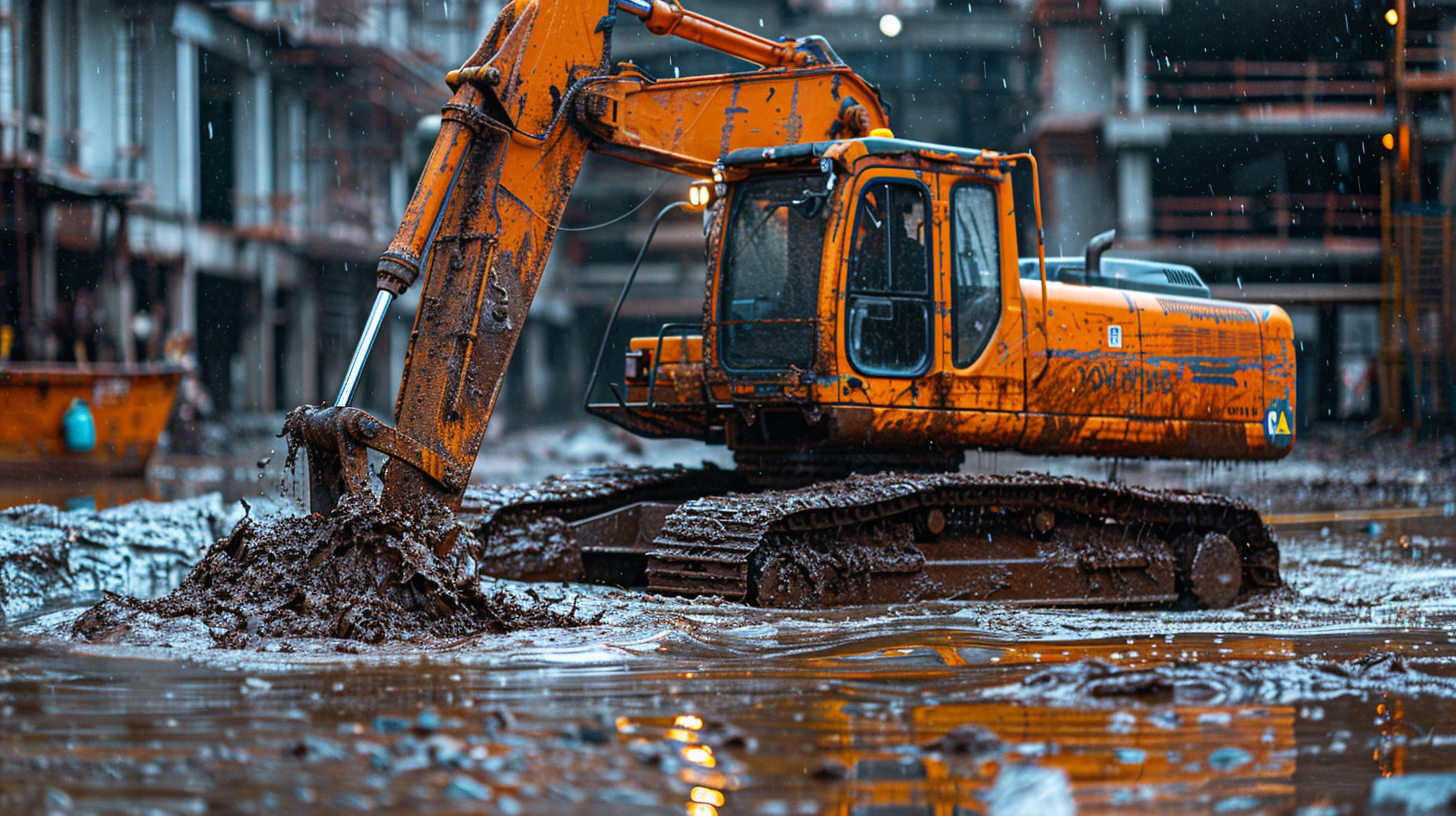Key Points
• What Affects the Price: The cost to replace a leach field isn’t set in stone. It can change a lot based on how big the field is, what kind of dirt is there, what the local laws say, and the type of septic tank system being used. If it’s tricky to get to the field or you need unusual equipment, that’s going to raise the price too.
• Typical Cost: If you’re looking to swap out your leach field, you might shell out anywhere from a couple thousand bucks to more than $20,000. On average, though, you’re likely looking at spending around $5,000 to $10,000. Of course, this depends on how complicated your setup is and where you live.
• Possible Extra Charges: You might run into some additional costs like getting permits or testing the soil. Sometimes you even have to fix up the landscaping afterwards or put in fancier treatment systems because the local rules demand it. These extra bits can really add to how much you end up paying to get that leach field replaced.
Contents
What a Leach Field Is and Its Role
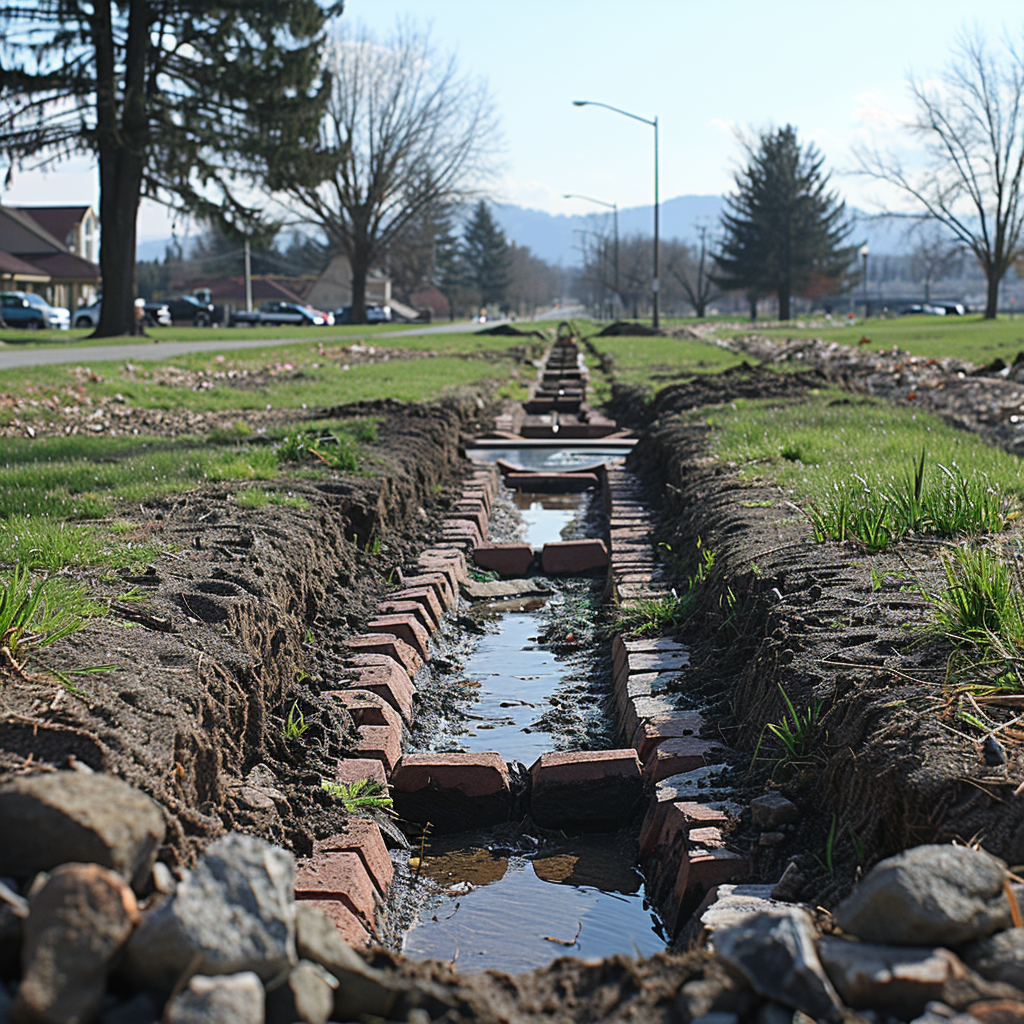
A leach field is a key part of the system that gets rid of sewage by spreading out the liquid from your septic tank into the soil. It’s basically where wastewater is cleaned before it goes back to nature. This area is made up of layers: at the bottom, there’s gravel, and on top of that, pipes with holes in them are laid, then covered with soil. Depending on the type of soil and how fast it soaks up water, the design of a leach field can change to make sure it can deal with the amount of water used every day.
Why Leach Fields Are Needed for Septic Systems
Remember, leach fields are not just a nice-to-have in septic systems; they’re essential. They protect our drinking water from getting dirty, stop pollution, and help keep everything related to public health and the environment safe. If something goes wrong with a leach field, it can be a big health hazard, and a house could lose its plumbing functions. That’s why it’s super important to keep this system running well and sometimes get it replaced to make sure it lasts a long time.
Leach Field Replacement Costs
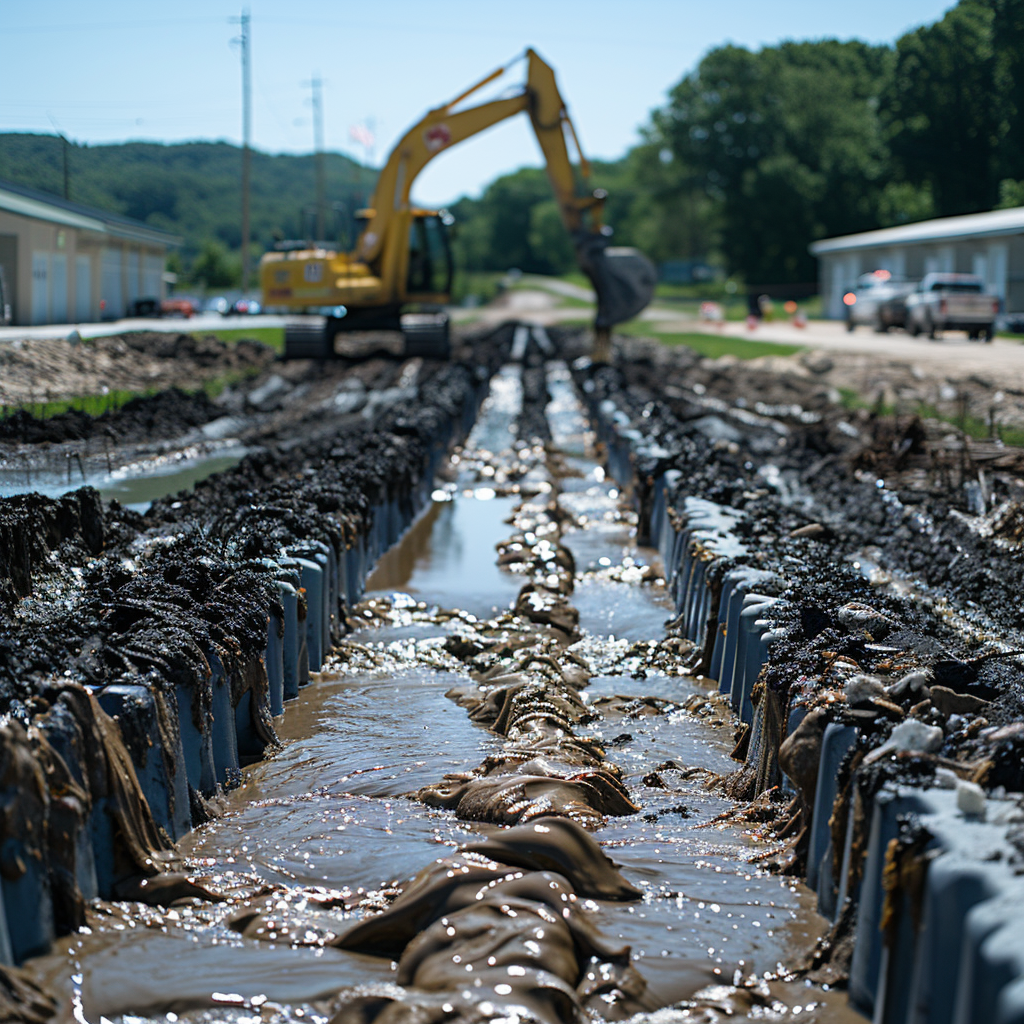
The price to switch out a leach field can swing quite a bit. Things like the size, soil, local rules, and how easy it is to reach the site all play a part. Here’s what you might expect to shell out:
Table 1: Breakdown of Leach Field Replacement Costs
| Item | Cost |
|---|---|
| Permitting and Design | $500 – $2,000 |
| Excavation and Site Prep | $1,500 – $5,000 |
| Piping and Materials | $2,000 – $7,000 |
| Labor | $1,500 – $10,000+ |
| Soil Improvement (if needed) | $1,000 – $5,000 |
| Total Estimated Cost | $6,500 – $29,000+ |
Remember, these figures aren’t set in stone; they’ll change depending on what you’re dealing with. A pro can give you a tight estimate for your case.
Size and Capacity of the Leach Field
The bigger and busier your property is, the more you’ll probably pay. Why? Larger fields mean more stuff and work to put them in place, driving up the tab.
Soil Type and Percolation Rates
How fast water seeps through your soil matters too. Crummy soil might mean you need a bigger field or some fixing up to make sure everything drains right, which costs more. Sandy stuff tends to let water through faster than clay and might be cheaper since it may not need extra work.
Accessibility and Location
If it’s a pain to get to where the field needs to go or if it’s off the beaten path, those extra miles and hours add up in cost. Also, tight spots that big machines can’t fit into might jack up your bill because of the added hassle.
Regulations and Permits
Your area’s health and construction rules—and how strict they are—can also hike up your leach field tag. The permits aren’t free, and you might have to pony up for special designs or checks.
To figure out what re-doing your leach field will run you, you gotta look at lots of things like size and dirt quality. To get it right means getting a pro to look it over closely.
Professional Assessment and Cost Estimates
To kick things off, call in an expert to check out your setup. They’ll take a gander at conditions and make sure you’re cool with local health rules, then give you a heads-up on costs.
Breakdown of Material Costs
You’ll need pipes, gravel, or maybe even new tanks. Depending on what’s in stock and what’s good quality, prices here could bounce around some. Your expert will tell you what you need.
Labor and Installation Expenses
The cash you drop on putting everything in counts for a lot of the total bill. It pays to have someone who knows their stuff do it right—and that can vary by location and job difficulty.
Cost of Permits and Inspections
Folks often forget about the money for permits and checks. Places have different rules about okaying the work, each with a price of its own.
Cost Comparison: Standard vs. Modern Leach Fields
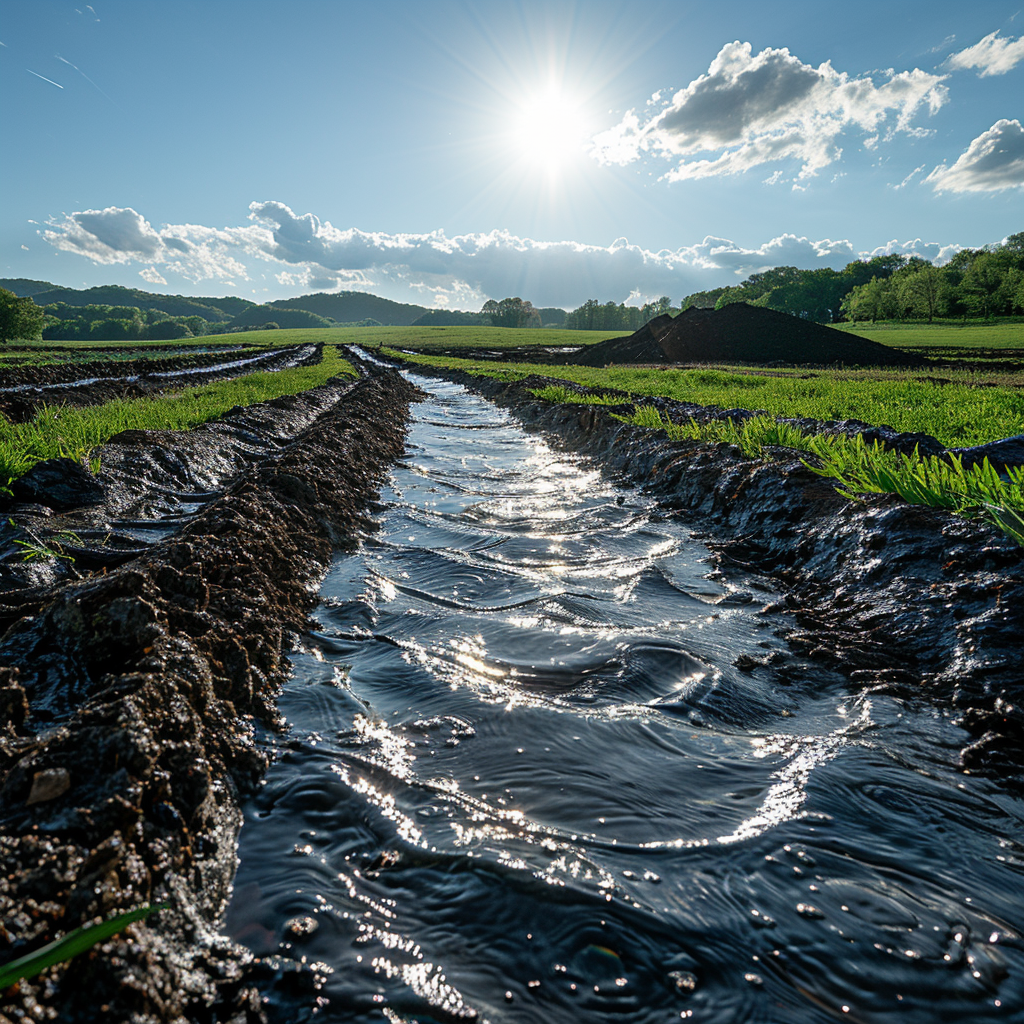
Looking into the costs of leach field replacements is tricky, with lots of factors to consider. Things like local rules, land conditions, and the size of the system all influence the price. Traditional leach fields, which use basic technology and common materials, tend to be cheaper at first than their modern counterparts.
On the other hand, advanced septic systems, with fancy features like oxygen-based treatments or sand filters, might save you money over time because they work better and need less upkeep. They cost more upfront, but if you’re in a place that cares a lot about the environment, this might be a good choice despite their initial expense.
Upfront and Ongoing Costs: The Bigger Picture
Thinking about the money for keeping your septic system running means looking beyond today. You can save now with a traditional leach field, but it could need more repairs or replacing sooner. It’s smarter to think long-term; a modern system could lower how much you spend on maintenance and how often you need to replace things, possibly being a clever investment for your home over the years.
Impact of Innovation: How New Tech Affects Prices
When we talk about costs, we can’t ignore how new inventions change things. With constant advancements, newer leach field technology usually has higher starting prices. But these advancements also mean better efficiency and fewer repair calls in the future.
Breaking Down Replacement Costs: The Real Figures
To get right to it, here are the typical costs for replacing leach fields:
| Item | Traditional System | Alternative System |
|---|---|---|
| Permitting & Design | $500 – $1,000 | $1,000 – $2,500 |
| Materials | $1,500 – $3,000 | $4,000 – $10,000 |
| Installation Labour | $2,000 – $5,000 | $3,000 – $7,000 |
| Total | $4,000 – $9,000 | $8,000 – $19,500 |
It’s obvious that even though standard systems are less expensive to start with; modern systems — even with their higher initial cost — could end up saving you money by lasting longer and working better. Choosing one is a big deal because it’s an investment in how well your home works. Think carefully about long-term spending compared to what you pay first — it’s like comparing different types of fruit; each has its own benefits and impact on your wallet.
Cost Details for Replacing a Leach Field
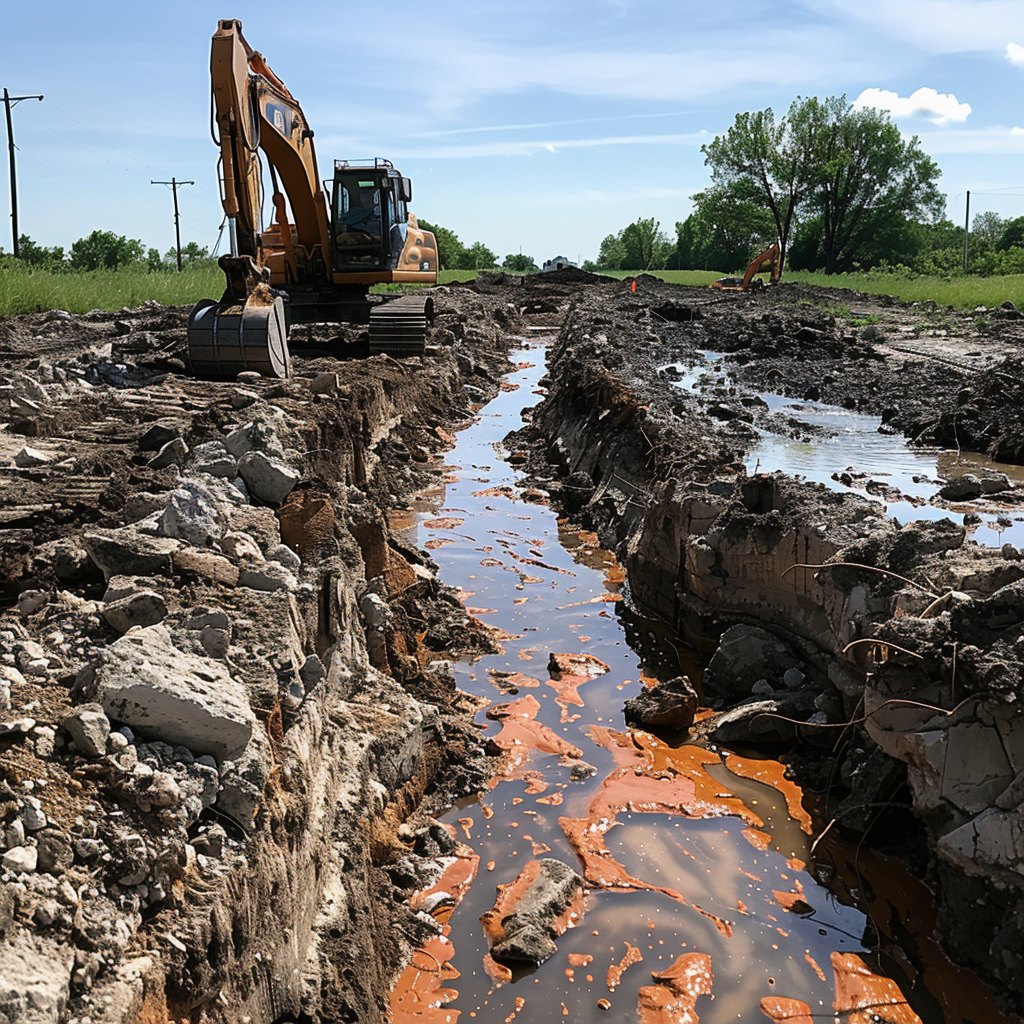
| Item | Cost Range |
|---|---|
| Permits | $200 – $400 |
| Soil Tests | $1,000 – $2,000 |
| Design & Planning | $500 – $2,500 |
| Digging and Removal | $1,500 – $5,000 |
| Materials & Supplies | $2,000 – $10,000 |
| Labour | $1,500 – $7,000 |
| Overall Estimate | $6,700 – $26,900 |
Financing Options for Homeowners

If you need to pay for a leach field replacement, there are a few ways you could do it. You might dip into your savings or get a home equity loan or line of credit. There’s also the option of personal loans, or you could look into loans or grants from the government that help with septic system fixes. If your upgrades are good for the environment, some banks might give you a special deal on borrowing money.
Planning Your Funds for Replacement
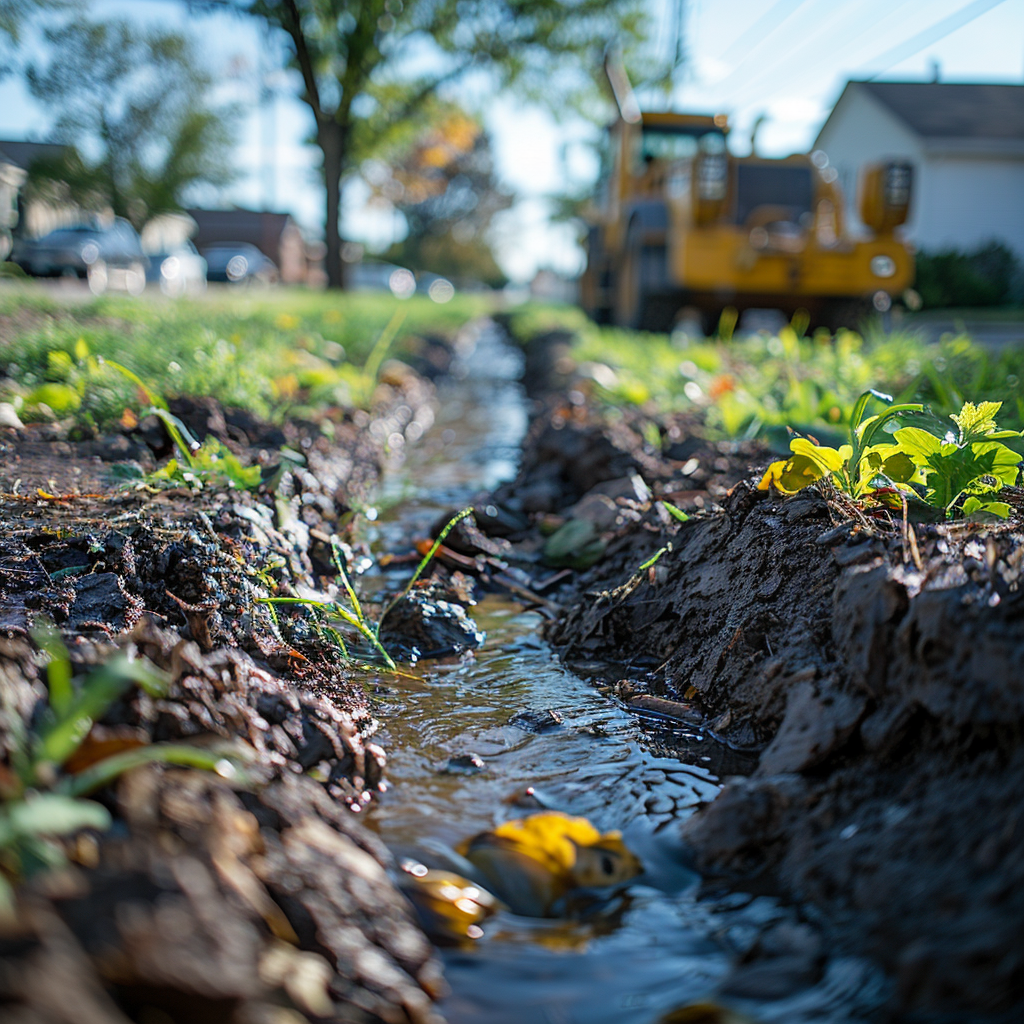
Getting ready in advance can make a hefty expense more manageable. Begin saving money long before your leach field gives out. Know how long your current system is likely to last and use that timeline to save money. Divide the total cost by months to set savings goals that don’t overwhelm you.
Ways to Save Money
- Practice septic-safe habits every day – use less water and be careful what you pour down the sink to extend the life of your leach field.
- Look for multiple estimates when you need to replace – prices and services can vary a lot among contractors.
- Try negotiating with service companies – sometimes they can lower their price, especially if you show them lower bids from others.
- If you’re skilled, do some tasks on your own – for example, you might handle the yard work after the replacement to save money.
Economical Options
Repairing may be an option instead of replacing everything. It’s worth asking an expert about potential fixes. Also, see if there are local programs that help share costs. Considering cheaper or alternative materials could also reduce your bill without sacrificing too much quality. Regular maintenance is key to prevent expensive repairs in the future.
Talking about finances is hardly fun, but smart planning and budgeting can mean a leach field replacement doesn’t have to empty your wallet. Make sure to look into every financing option available and think ahead to save money. Be careful, though; cutting corners now may cost you more in the long run!
Frequently Asked Questions (FAQ)
How do environmental regulations impact the total costs for replacing a leach field?
Environmental regulations can significantly affect leach field replacement costs, as stricter standards might necessitate advanced design and materials, which increase overall expenses.
Can the type of soil on my property alter the price of leach field replacement?
Yes, the soil type can influence costs, with poor percolation rates requiring additional work such as soil amendment or specialized systems like mound leach fields, thereby elevating the price.
Does the size of a new leach field correlate with the potential replacement cost?
The size of a new leach field is directly proportional to replacement costs; larger fields require more materials and labor, thus leading to higher expenses.
How does the use of alternative systems like mound leach fields reflect in the replacement costs compared to standard systems?
Alternative systems, such as mound leach fields, often command higher replacement costs due to their complexity and the need for extra materials like sand and gravel.
What part of leach field replacement can homeowners expect to spend the most on?
Homeowners typically incur the highest expenses on labor for excavation and installation, as well as on the cost of new pipes and other necessary materials.
How do leach field costs vary by location, factoring in things like accessibility and local permit fees?
Leach field costs can vary widely by location, with difficult-to-access areas increasing labor charges and various regions having differing permit and inspection fees.
What role do permits play in the budget for the replacement of a leach field?
Permits are a crucial budget item for leach field replacement, as they are legally required and can vary in cost depending on local regulations.
Are there any hidden costs homeowners should be aware of when getting quotes for drain field replacement?
Homeowners should be mindful of hidden costs such as soil testing, unforeseen groundwork complexities, or additional materials which may be overlooked in initial quotes.
Could you explain how filtration system choice influences leach field replacement costs?
The choice of filtration system impacts replacement costs; advanced systems like aerators could increase initial expenses but potentially save on long-term maintenance.
Is it possible to reduce leach field replacement costs with certain home improvement outdoor living strategies?
Yes, strategic home improvement outdoor living approaches like xeriscaping or using rain gardens can limit leach field size and functionality needs, reducing replacement costs.

I’m Tim Robberts, a seasoned wastewater treatment & septic system expert with over 40 years of experience in the field. My career began as a septic tank installer, and I quickly gained a reputation for my attention to detail and commitment to excellence. Over the years, I’ve honed my skills in designing, installing, and maintaining septic systems for residential and commercial properties.
